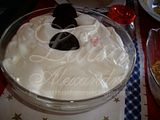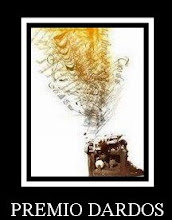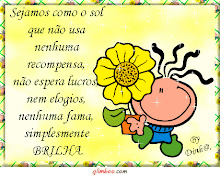I am always looking for the perfect way to organize myself...especially when I'm planning a large event. The wonderful people at Canvas Corp recently sent me a goody box full of fun, crafty products and ideas for home decor projects. The one that really popped out was this peg-board calendar—I love it. You could use it as a calendar (which I'm going to try first), or as a place to pin up all your inspiration pics (mine come from Vogue, W, and other fashion magazines). I decided to get a big enough piece of peg board so I could use it as a "tool holder" as well.
Here's what you'll need:
- A piece of peg board (I got my 2-foot x 4-foot piece at the Home Depot)
- Spray paint in a color of your choice
- Heavy grosgrain or woven 3/8-inch ribbon
- Large-eye needle
- Clothespins (mine are from Canvas Corp—all painted and ready to go!)
- Hooks for the peg board (if you're going to use it as a tool organizer)
I started with my white peg board—you can leave it white if you like. Mine was a little dirty and my walls are white, so I decided to use some of the spray paint I had left over from the stenciled tablecloth to give it some pizzazz!
 | You can cut the peg board to a size that fits your room. In addition to smaller precut sizes, you can get it as a 4-foot x 8-foot sheet. |
 | It was a beautiful day, so I took my peg board outside to paint it. |
In addition to the peg board, I bought some metal hooks and heavy woven ribbon.
 | Make sure the hooks match the holes in your peg board. You can get 1/8-inch or 1/4-inch holes. I think the smaller hooks work in the larger holes (but not vice versa). |
After the paint dries, plan the layout of your peg board. I split mine down the middle—2 feet for calendar and 2 feet for hanging tools. After you determine how much space will be devoted to the calendar, cut pieces of ribbon that are that long plus an extra foot for loops and knots. I decided on four rows of seven loops (one for each day of the week and three loops under each day).
Thread the ribbon through a large-eye needle—that way, it will be easy to weave the ribbon in and out of the peg-board holes.
 | You could also use a bodkin to weave the ribbon through. |
Tie a square knot at the end of the ribbon and thread the ribbon through the first hole from the right side. (You could do this from the back if you don't want your knot to show.) Come up in the next hole. To make a narrow loop, go back through in the next hole. If you want a larger hoop, skip a hole.
I wanted to create some space between my loops, so I skipped a hole between them. You can skip more than one hole if you want more space to hang larger notes or pictures.
 | Using heavy ribbon will make it easy to keep the loops uniform in size as you "stitch" across the peg board.
|
When you get to the end of the row, cut up to the front and tie another square knot to secure the loops. Skip as many rows as you like and weave another row of loops (lined up under the first ones).
 | If you have a square ruler, you can quickly see the best way to crop your photo into a square. |
After you've made your loop "calendar," use some colorful paper to make labels for the days of the week. Attach them with clothespins to attach them along the top row. Now you're ready to get organized—add notes to remind you about appointments or events.
Then, I put metal hooks on the other side to organize my tools.
 | Customize your peg board to fit your creative needs. I'm excited that I'll never misplace my large rotary cutter or inch bias tape maker again! |



































































































